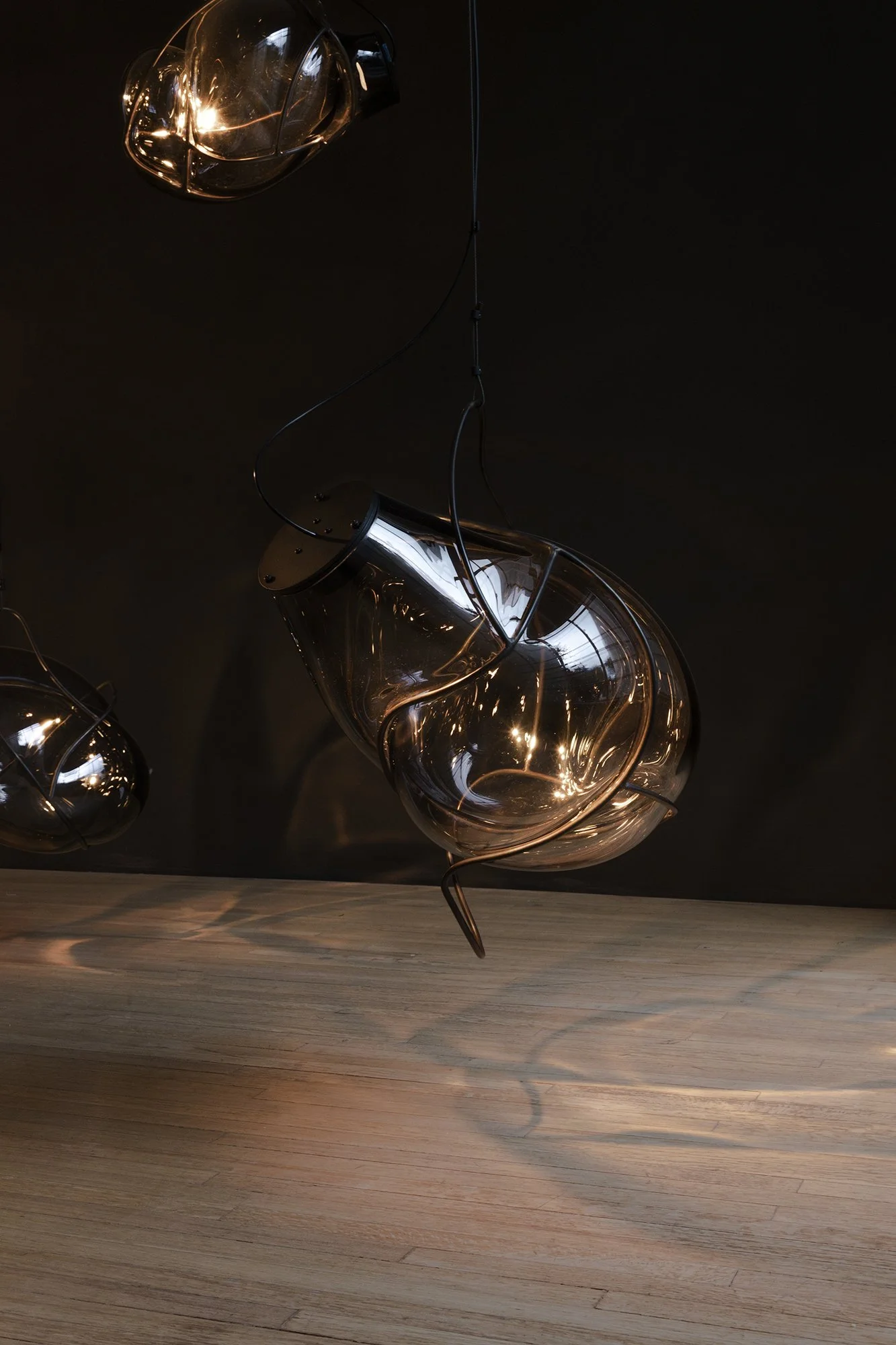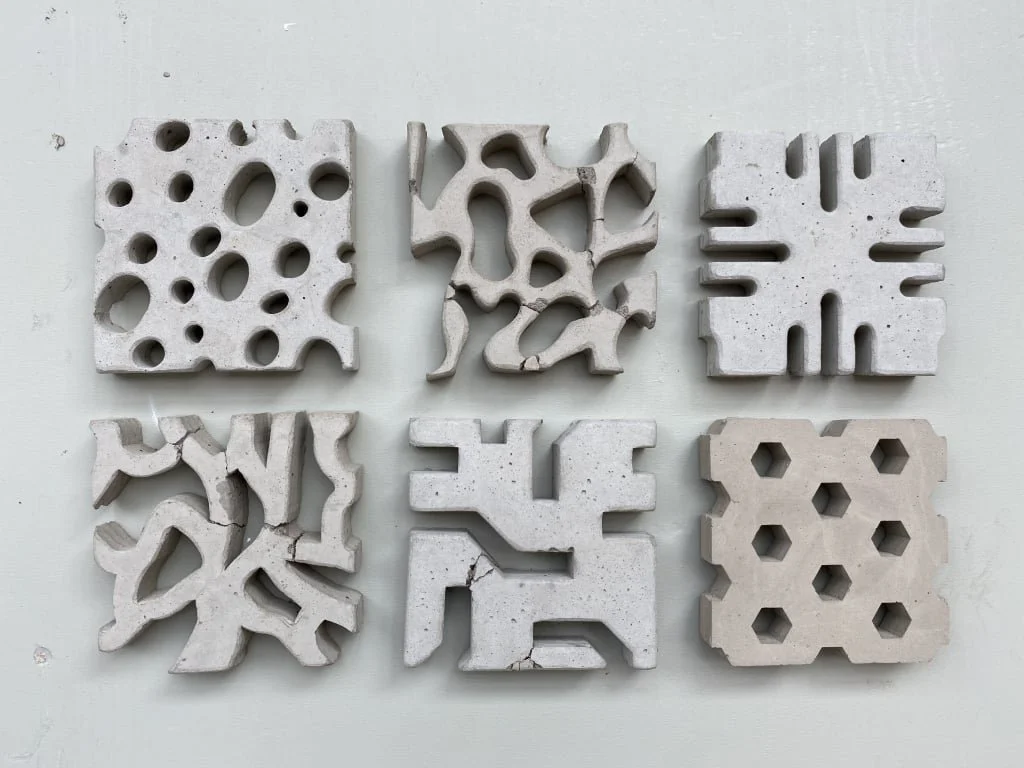P R O L E A R N
Design Co-Creation involves actively engaging diverse stakeholders, including end-users, in the design process to create more relevant, user-centric solutions. This approach goes beyond traditional user research by making stakeholders active participants in ideation, development, and refinement of designs.
Key Characteristics
Collaborative Process: Involves multiple stakeholders working together throughout the design process.
User-Centric: Places end-users at the heart of the design process, ensuring solutions meet real needs.
Iterative Approach: Encourages continuous feedback and refinement through multiple stages of development.
Benefits
Enhanced Innovation: Co-creation projects have a 30% higher success rate than those without collaborative efforts.
Improved User Satisfaction: Solutions developed through co-creation are more likely to meet user needs and expectations.
Reduced Development Costs: Early stakeholder involvement can reduce costly redesigns later in the process.
Innovative Applications
Participatory Design Workshops: Bringing together diverse stakeholders for hands-on design activities.
Digital Collaboration Platforms: Enabling remote co-creation through online tools and virtual environments.
Prototyping and User Testing: Involving users in creating and testing early prototypes for rapid iteration.
Challenges and Considerations
Managing Diverse Perspectives: Balancing different viewpoints and priorities among stakeholders.
Ensuring Equal Participation: Creating an environment where all voices are heard and valued.
Intellectual Property Concerns: Addressing ownership of ideas generated through collaborative processes.
Future Outlook
As technology advances and the importance of user-centric design grows, we can expect to see more sophisticated co-creation methodologies emerge. The integration of AI and machine learning may further enhance the ability to synthesise diverse inputs and generate innovative solutions.
Call to Action:
Evaluate your current design processes to identify opportunities for integrating co-creation methodologies. Consider pilot projects that leverage diverse stakeholder input, and invest in developing the necessary skills within your team to facilitate effective co-creation sessions.










